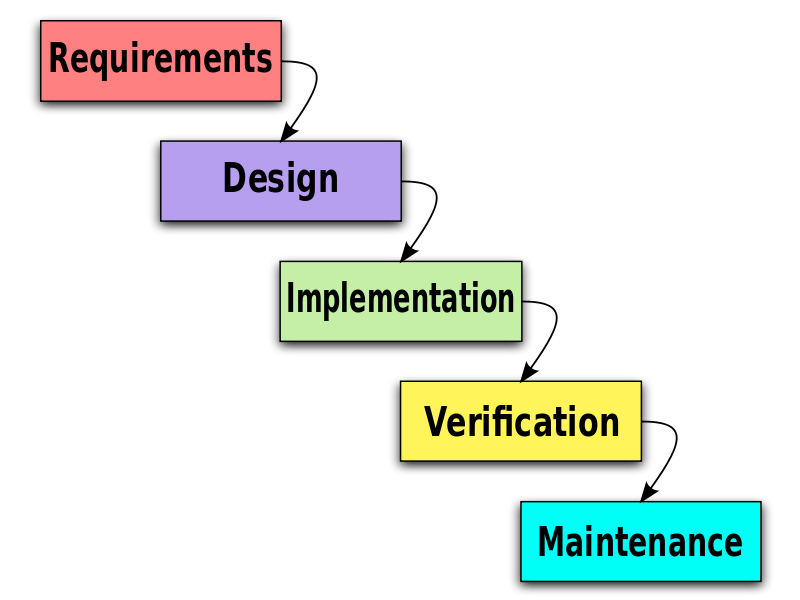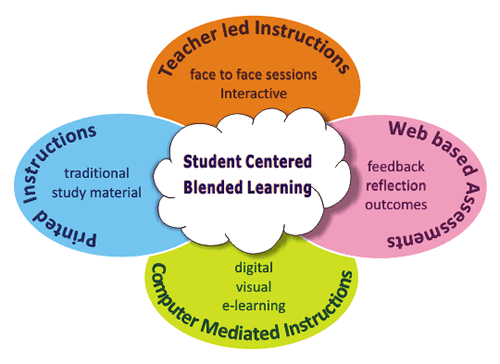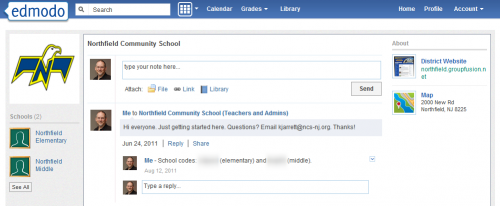Requirements Definition: Beginning with the End in Mind, Part II - #K4STEMLAB

Requirements Definition: Beginning with the End in Mind, Part II It's been a while since my last update. Sorry about that. We had some rough weather a while back and had not power for several days. The area is mostly back to normal now, though evidence of the destruction remains. Damage estimates for our area are still being formulated, I am betting the number will end up in the hundreds of millions of dollars. Fortunately in our area there was no loss of life. So it's been a little hard getting back into the swing of things. Meanwhile, the clock ticks on... Before I became a teacher, I worked in the world of Information Technology as a Senior Business Analyst / Project Manager. That means I either designed or managed teams of people who designed information systems, in particular, Human Resource Management Systems (HRMS) by Oracle. I was ... a software engineer, essentially. One of the many skills I developed in that line of work was requirements analysis, a process that Wikipedia says "encompasses those tasks that go into determining the needs or conditions to meet for a new or altered product, taking account of the possibly conflicting requirements of the various stakeholders, such as beneficiaries or users." Well, it's no wonder that software engineering is such a great foundation for a second career in education. Alas, I digress. I never thought I'd be designing information systems for use in my classroom, but that's exactly what I'm about to do. What's a Learning Management System (LMS) and why do we need one? LMS's have been around for a very long time. At its core, an LMS is a database-driven website with information students need for learning. I've used LMS's as a student, I've taught with them (for Walden University's Graduate School of Education and elsewhere), but I've never BUILT one of any significance, for more than a small group of people to use. Self-directed learning is going to be big in the STEMLAB. Big, big, BIG. So, too, is the ability for students (in grades 2-3-4) to access learning material anytime, anywhere, and, if all goes well, on any device. Our LMS doesn't have to be elaborate. But what does it NEED to help our students learn? Basically, to create the system, we need a list of features / functionality / capabilities. It's one of my goals this week from last week. Using our LMS, students need to:
- Understand the goal - what they are being asked to learn, do, accomplish in a given lesson.
- Access information related to the task - instructional videos & screencasts, reference websites, interactives, Web 2.0 tools, etc.
- Interact with me and with each other.
- Store notes, digital images, perhaps movies, and other web content.
- Turn in "assignments" (or share links to artifacts stored online).
- Earn "badges" as they acquire (and can demonstrate proficiency in) core skills, particularly those related to the assigned task.
- And, they need to be able to do this on their own, at school, or at home.
The Importance of Literacy and a Blended Approach Before we go any further with this idea, it's clear that the biggest struggle we are going to face is literacy. My students are going to need to be able to understand the LMS user interface, process the learning materials, understand how to communicate using the LMS. I am still searching for examples of elementary classrooms where these kinds of systems have been deployed. Have I lost my mind? We'll see... That said, it's clear to me that the LMS I build must to be part of a blended learning solution that combines teacher-led instruction and printed materials as well. This graphic, which as far as I've been able to determine (thanks, Jackie Gerstein!) was first used at http://www.testbagacademy.com/, summarizes it nicely: Possible LMS Platforms Right now, the clear front-runner is Edmodo, for a variety of reasons including we're already using it at NCS. It appears to have the feature set we need, excellent support, a dead-simple user interface, integration with Google Apps, and much more. Other platforms I'm looking at include Haiku LMS, Moodle, Wordpress with the Buddypress Plugin, and any others that are FREE and EASY TO USE. Which brings me back to the requirements. If the system isn't easy to use, nothing else is going to matter. Time to start moving on to the design phase...


This post is part of a series about our plans to "reinvent" my K-4 Computer Lab class as a STEM (Science, Engineering, Technology & Math) course starting in September 2012. By "thinking out loud" here I hope to keep stakeholders apprised of our ideas, activities & progress while I gain wisdom and perspective from anyone who cares to join the conversation.
Tools and ideas to transform education. Sign up below.
